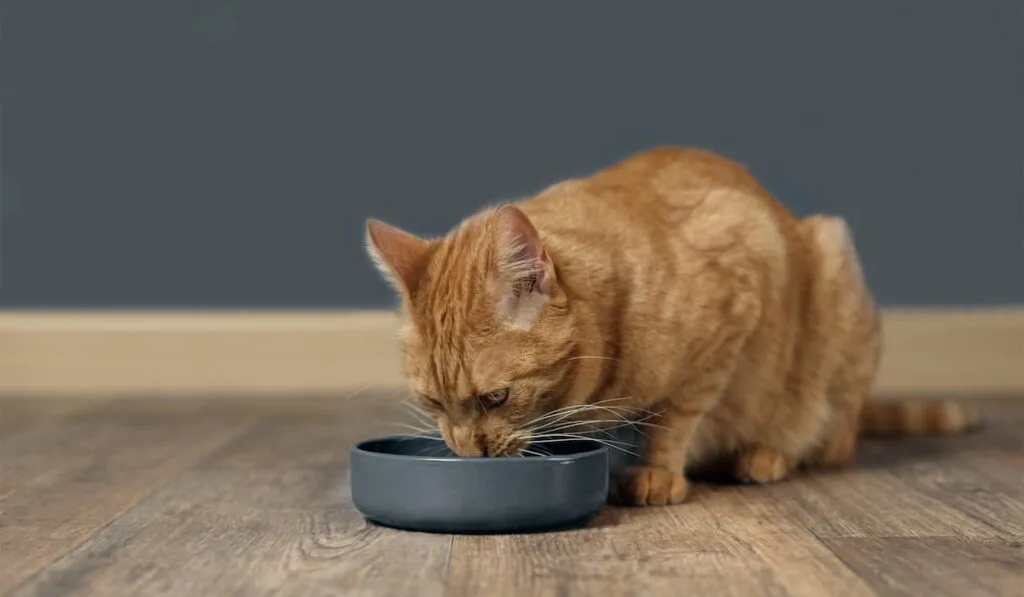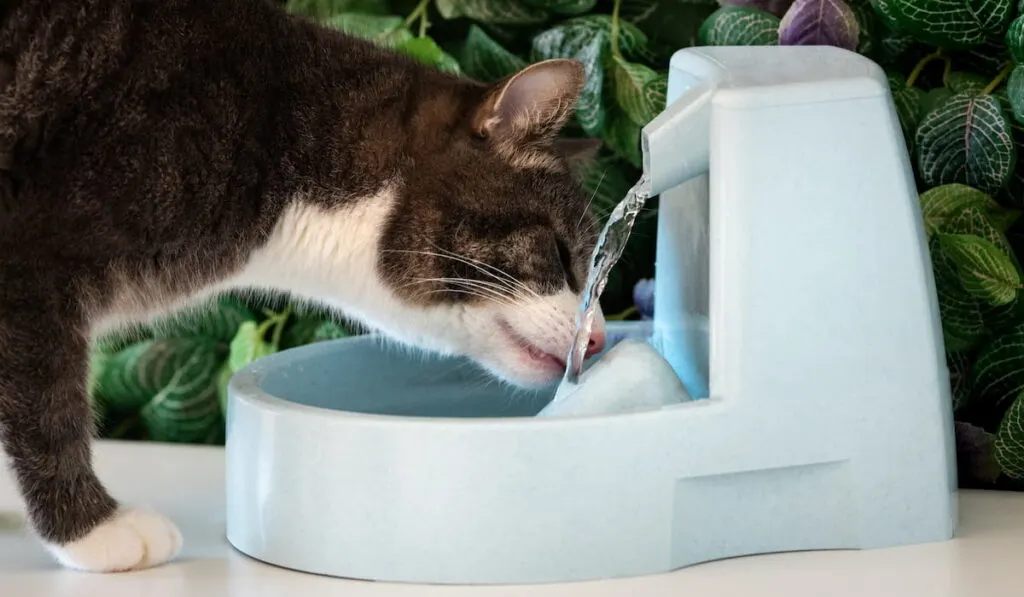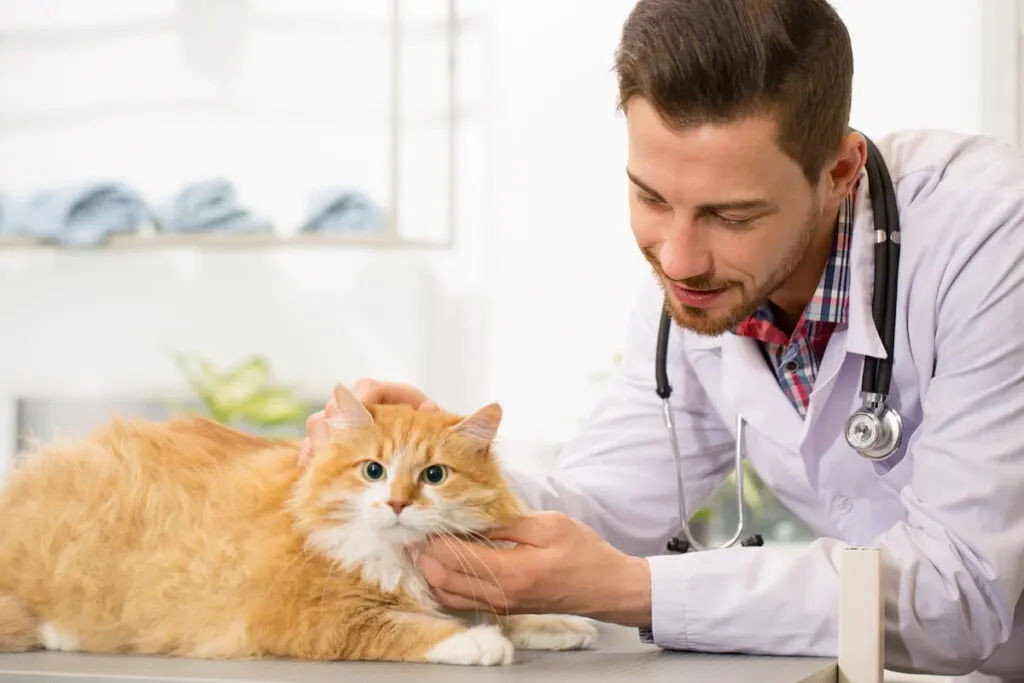Like all humans, our feline friends are also susceptible to dehydration, especially during summer.
One of the most common drinks humans and athletes use to rehydrate themselves is Gatorade.
It gives us the water and energy supply we need; however, is it okay for cats to drink Gatorade as well?
Table of Contents
Is it safe for cats to drink Gatorade?
The answer for this is yes, and no.
While a little amount of Gatorade would not do any harm to a cat, a larger amount of it could cause some health issues.

Gatorade contains water, sugar, dextrose, citric acid, salt, sodium citrate, glycerol ester of rosin, blue 1, monopotassium phosphate, modified food starch, and natural and artificial flavors.
Though electrolytes will help rehydrate cats, the presence of too much salt and sodium is not good for them.
Just compare a human’s body with that of a cat’s, while a bottle of Gatorade will rehydrate us and provide us with needed energy, it might just be too much for felines.
Signs of a Dehydrated Cat
A dehydrated cat is not getting the amount than he is needs.
However, it’s not just the lack of water that causes dehydration, but also the loss of essential minerals, such as sodium, potassium, and chloride.
Vomiting, fever, heatstroke, diabetes, diarrhea, and hot weather may cause dehydration.
However, dehydration may also be linked with other health issues, so it is important to check with your veterinarian immediately because dehydration may be fatal to cats if not addressed quickly.
Signs of a dehydrated cat include:
- Refusal to eat
- Constipation
- Dry gums
- Increased heart rate
- Hollowed or sunken eyes
- Poor skin elasticity
- Panting
- Loss of energy or inactivity
- Polyuria, or frequent urination
6 Safe Options for a Dehydrated Cat
Low and mild dehydration can be treated at home, though it is still best to visit your veterinarian to know the severity of your cat’s dehydration.
At home, here are some of the things you can do to rehydrate your cat:

- Use the juice from canned cat foods, such as a low-sodium salmon for your cat to drink.
- Some cats will also enjoy drinking cat-safe milk, so you might want to try it out.
However, don’t just offer them any milk, especially those that are made for human consumption. Cats tend toward lactose intolerance, especially when they get older.
Ingesting milk that is not made for them may cause an upset stomach which will worsen their condition. - Boil a chicken breast then make a puree with water. Use this slurry to rehydrate your cat.
- You may also offer a chicken broth to your cat.
- Encourage your cat to drink by putting fresh water in his bowl and placing it in a cool, quiet place.
- Some cats prefer licking an ice cube instead of drinking water directly from the bowl, so this is a good method to try.
There are many ways to rehydrate your cat at home. It is recommended to try a variety of options to know which method is the most effective for your cat.
However, it is important to know that a dehydrated cat should not ingest huge amounts of water all at once.
Sudden intake of too much water can cause vomiting, making your cat to lose more water. Instead, gradually help your cat drink water.
For cases that are more serious, such as an underlying condition which causes dehydration, the veterinarian may give fluid under the skin that will help rehydrate your cat immediately.
How much water does a cat need?

Everyday, a cat should consume 3.5 to 4.5 ounces (103.5 to 133 ml) of water per 5 pounds (2.26 kg) of weight.
That said, you need to adjust the amount depending on your cat’s weight.
Keep in mind that not all water can be obtained just by drinking.
A wet food, which contains 70 – 80 percent of water, will be helpful for your cat’s daily water intake. So, if your cat eats wet food every day, you may notice him not drinking water frequently.
Preventing Dehydration
Perhaps everyone would agree that to prevent dehydration, we must encourage our cats to drink more water.
But how do we do this? Here are some ways to effectively make your cat drink more water:
- Use wet food instead of dry food. However, if wet food is not available, try moistening dry food with water.
- Make sure that your cat has access to fresh water at all times. Some even prefer running water, so it is good to invest in a water fountain for cats to encourage them to drink.
- Make sure that your cat’s supply of water is replaced on a daily basis. Also, scrub their water bowl to remove any bacteria buildup.
- Try adding an electrolyte supplement that can be purchased at your local pet store.
- Add more water bowls around your home so your cat can have access to water wherever he is.
- Try using colder water, some cats prefer it.
- You may also try changing your cat’s bowl. Some cats have sensitive whiskers, and would prefer bowls that have a wider mouth to prevent rubbing of their whiskers with the water bowl.
- Try bottled or filtered water if your cat doesn’t like tap water.
If you have tried out all options and your cat is still hesitant, or will not drink, it is best to take him to the veterinarian right away.

Untreated dehydration may lead to more serious health issue which can worsen your cat’s situation.
Meanwhile, if you happen to find a dehydrated stray cat on the road, try to take him to the vet or call someone that might be able to help him.
You could be helping out a cat that becomes your friend for life.
References:
- https://pets.webmd.com/cats/guide/dehydration-cats#1
- https://upgradeyourcat.com/can-cats-drink-gatorade-what-to-be-aware-of/
- https://www.villagevoice.com/2011/07/22/psa-dont-feed-your-dog-or-cat-gatorade/
- https://www.petmd.com/cat/emergency/common-emergencies/e_ct_dehydration
- https://pethelpful.com/cats/What-to-do-if–your-cat-is-dehydrated
- https://www.cuteness.com/article/give-pedialyte-cats
- https://www.preventivevet.com/cats/how-much-water-cats-need-tips-for-preventing-dehydration
- https://www.animalwised.com/home-remedies-for-dehydrated-cats-2726.html
